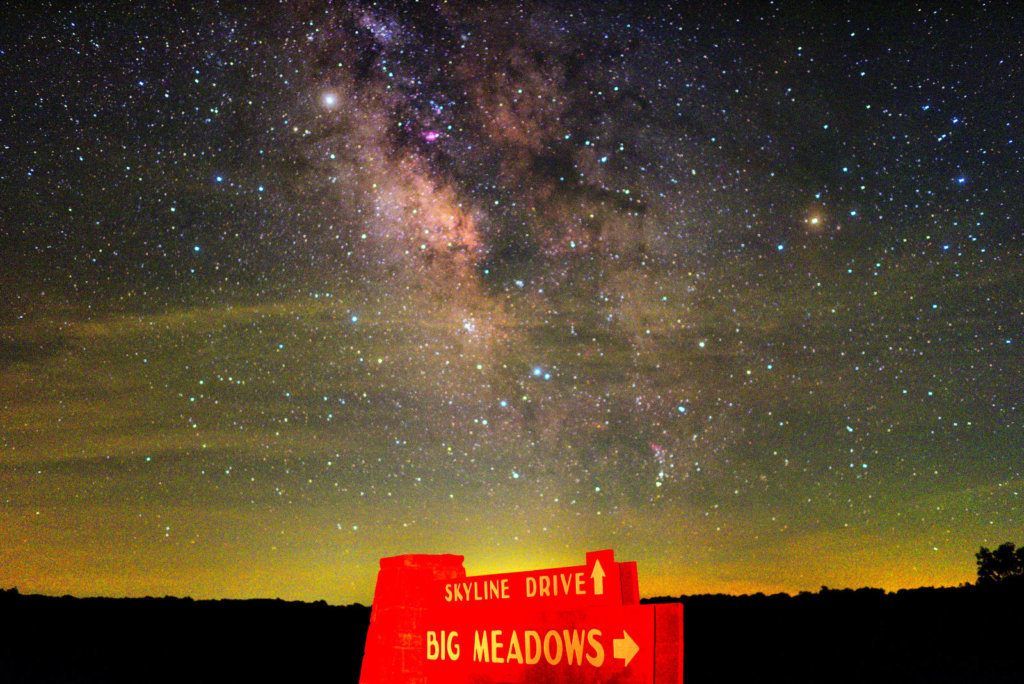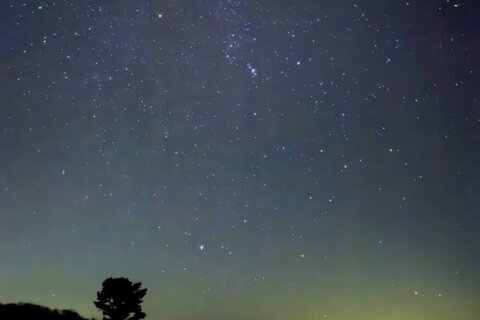WASHINGTON — Summer this year starts for the northern hemisphere at 6:07 a.m. Thursday: the moment of the summer solstice. This is the longest day of the year here and marks the beginning of winter for the southern hemisphere.
With summer’s longer days and shorter nights, there is still plenty to enjoy in the night sky.
The sky has a parade of the visible planets — Mercury, Venus, Mars, Jupiter and Saturn — after sunset and during the night.
Leading the way are Mercury and Venus in the west, right after sunset. Venus is the brighter of the two. If you have an obstruction-free western horizon and a pair of binoculars, see if you can spot them 20 to 30 minutes after sunset. Mercury will be low in the west and to the lower right of Venus, not too far above the horizon.
Next up is mighty Jupiter in the southeast sky. Jupiter is currently the third brightest object in the night sky; only the Earth’s moon and Venus are brighter. That will change in July as Mars will overtake Jupiter in brightness.
If you have binoculars, look at Jupiter and you should notice up to four small “stars” next to it. These are the four main moons of Jupiter, discovered by Galileo in January 1610. You can download a free software program that will tell you which moons you are seeing. For binoculars, you would use “direct image” view.
To the left, or east, of Jupiter is dimmer Saturn, which rises a little after 8 p.m. If you get the chance — and the D.C. area has a great one coming up — be sure to take a look at the ringed planet in a telescope. It will be a view you’ll never forget. Saturn is a yellowish-white color that stands out in the Milky Way, which is a glorious sight from dark sky sites.
Saving the best for last, Mars (March is named for Mars) rises at about 10:30 p.m. in the southeast. Mars is reddish-orange and will be getting brighter as the weeks pass by as it will be at its closest to the Earth since 2003 in July. It will be awesome to see, brighter than Jupiter.
Right now, Mars is in the throes of a planet-wide dust storm that threatens the Mars Rover Opportunity, which is solar-powered. “Oppy” is in a sleep mode riding out the storm, which has reduced the sunlight to the point where the rover is getting no power. It is hoped that Oppy will survive. Curiosity, which is nuclear-powered, is doing fine and making observations of the storm.
On Saturday, make sure you get out and enjoy the ninth annual Astronomy Festival on the National Mall from 6 p.m. to 11 p.m., northwest of the Washington Monument, 17th Street NW and Constitution Avenue. Telescopes will be available to look at the planets, the sun and the moon. Many amateur and professional astronomy groups will be there. The event is free.
Also, head over to Shenandoah National Park for a variety of astronomy-related events, including some by yours truly. If you want to see dark skies and the Milky Way, Shenandoah is the place to be.

Follow my daily blog to keep up with the latest news in astronomy and space exploration. You can email me at skyguyinva@gmail.com.







